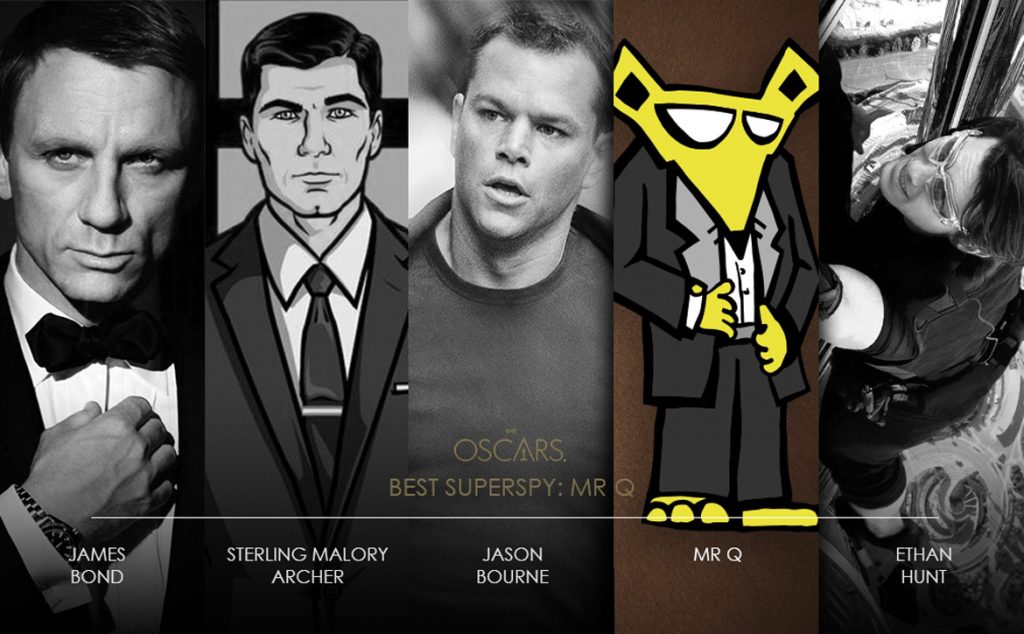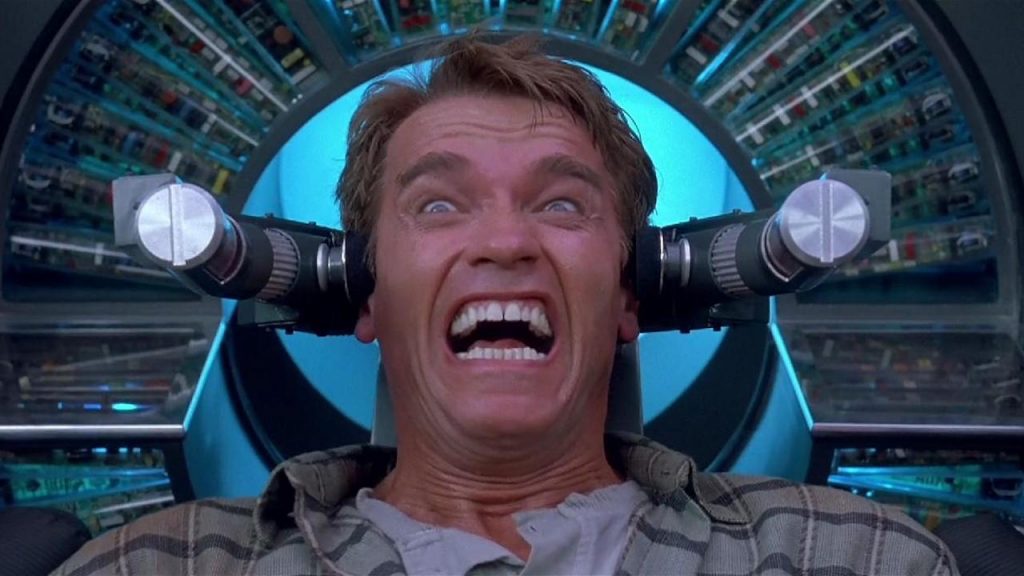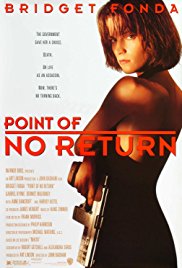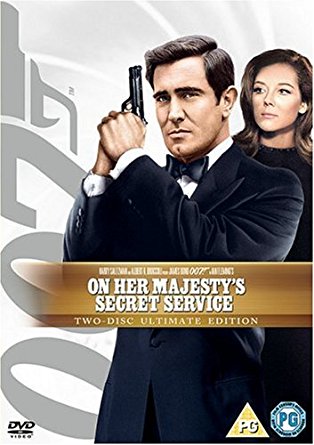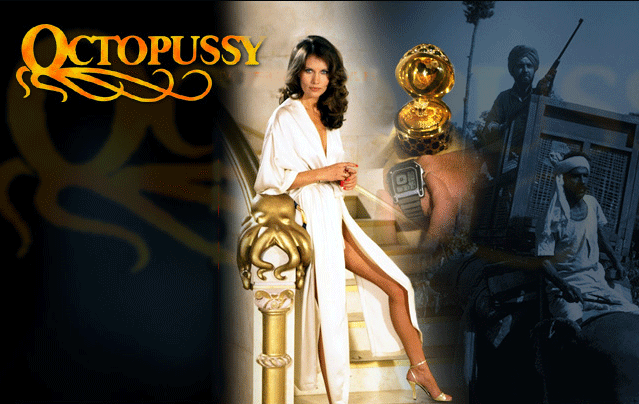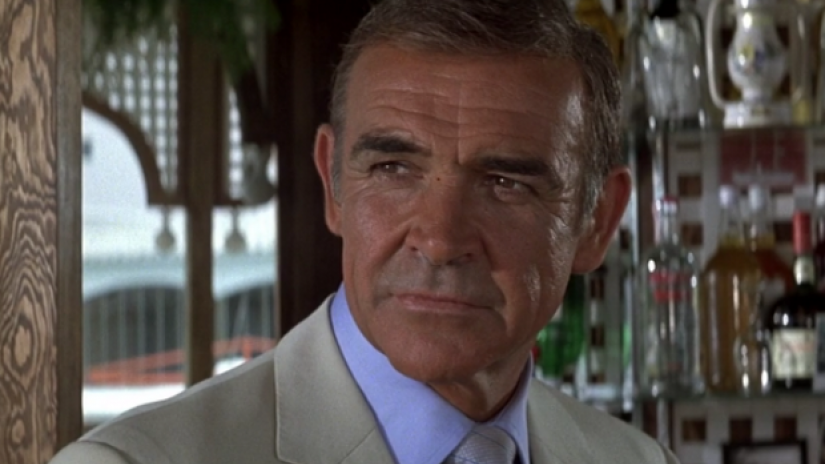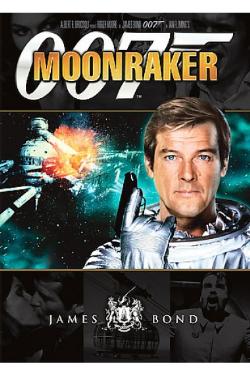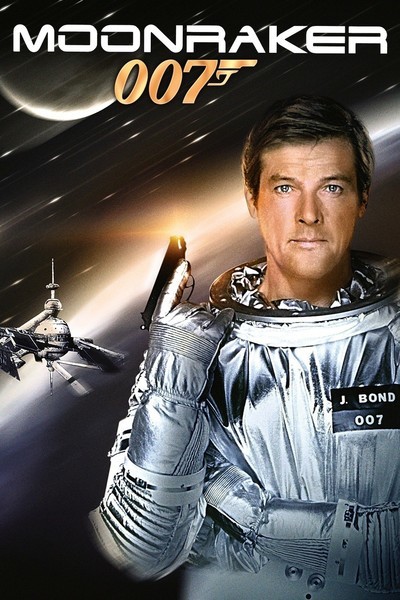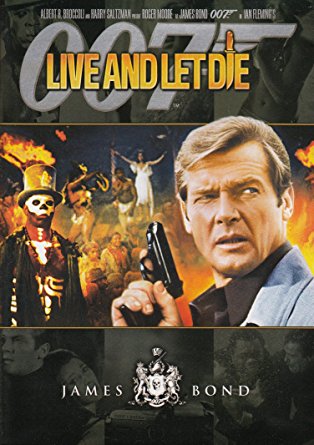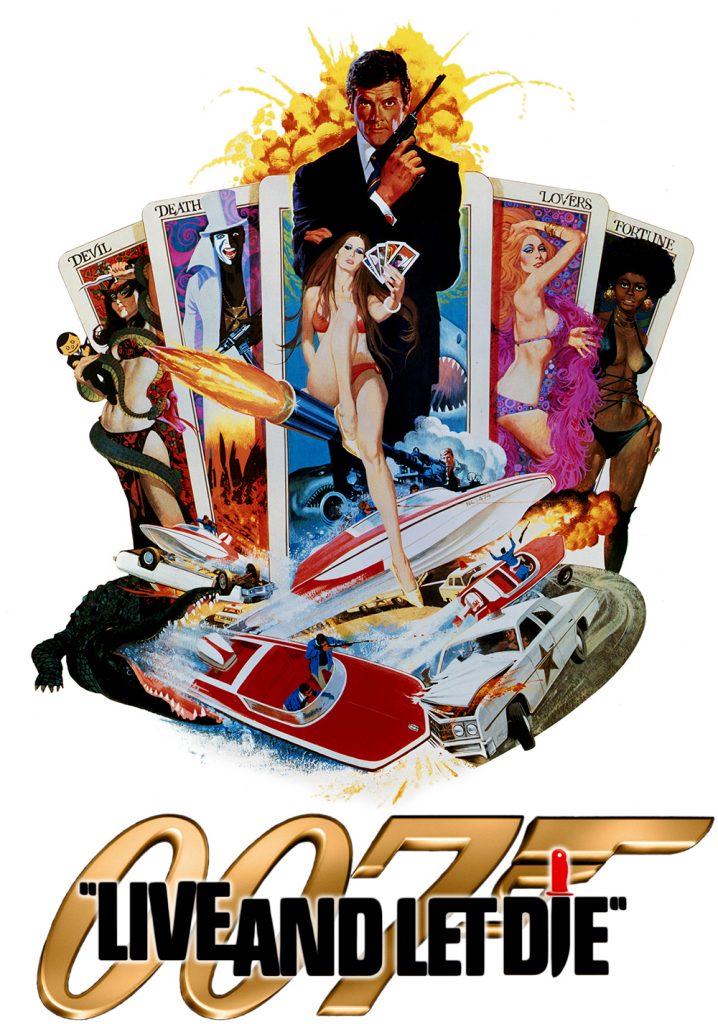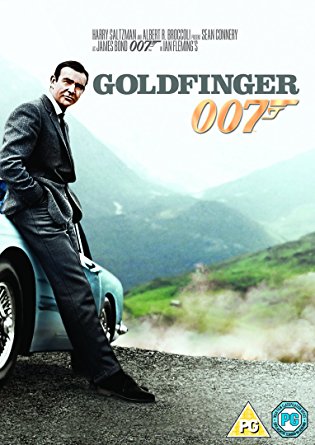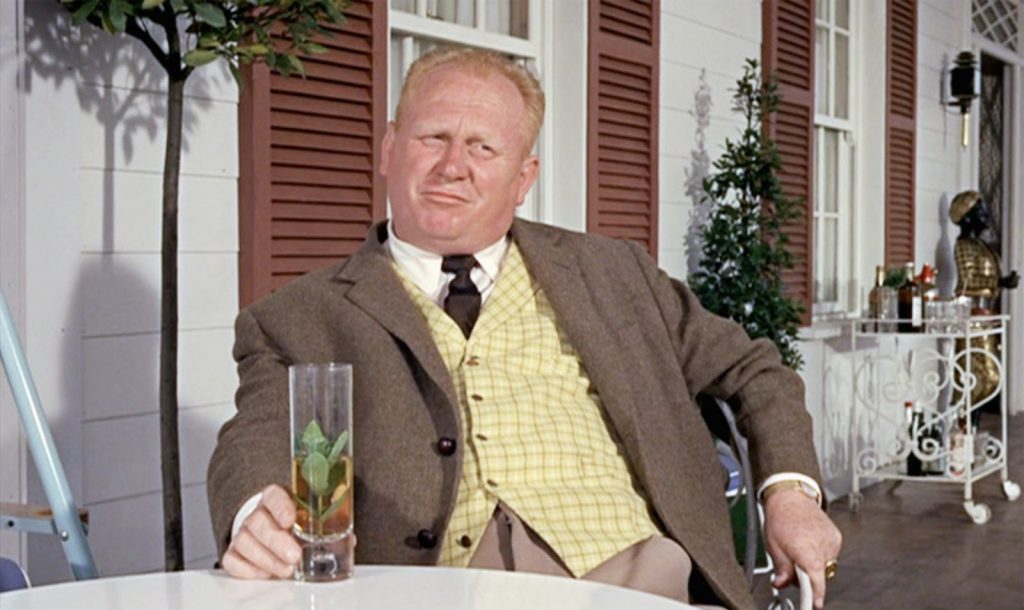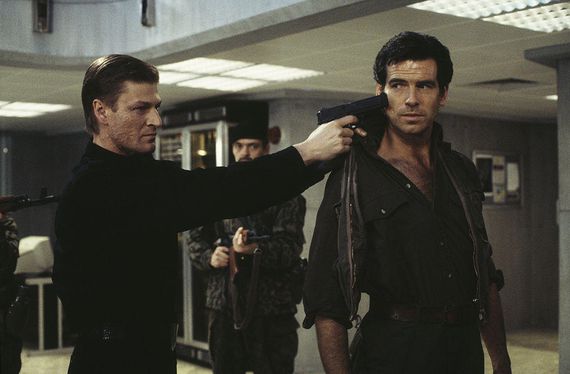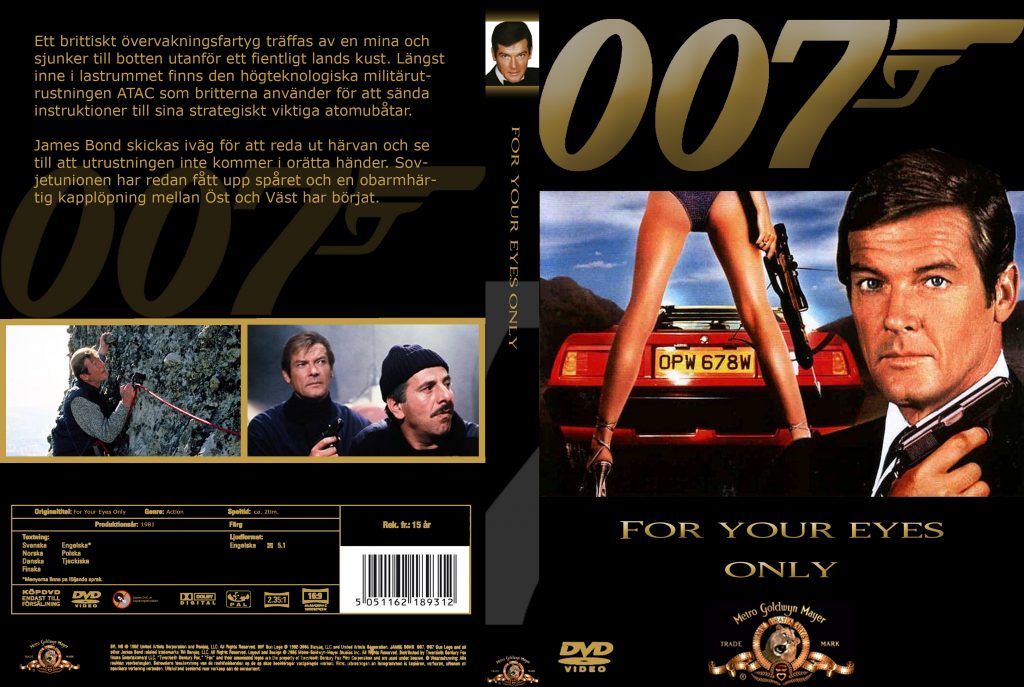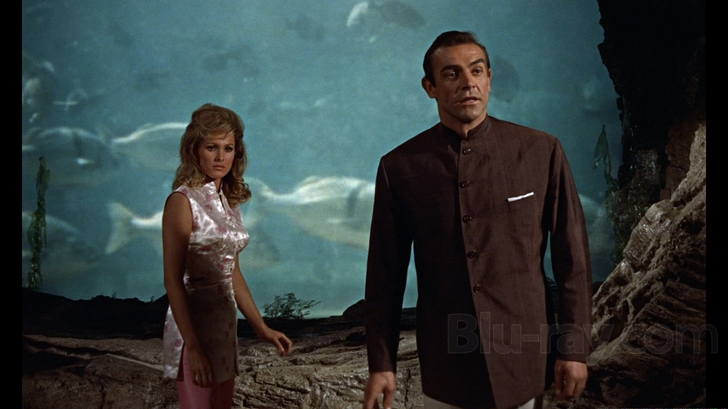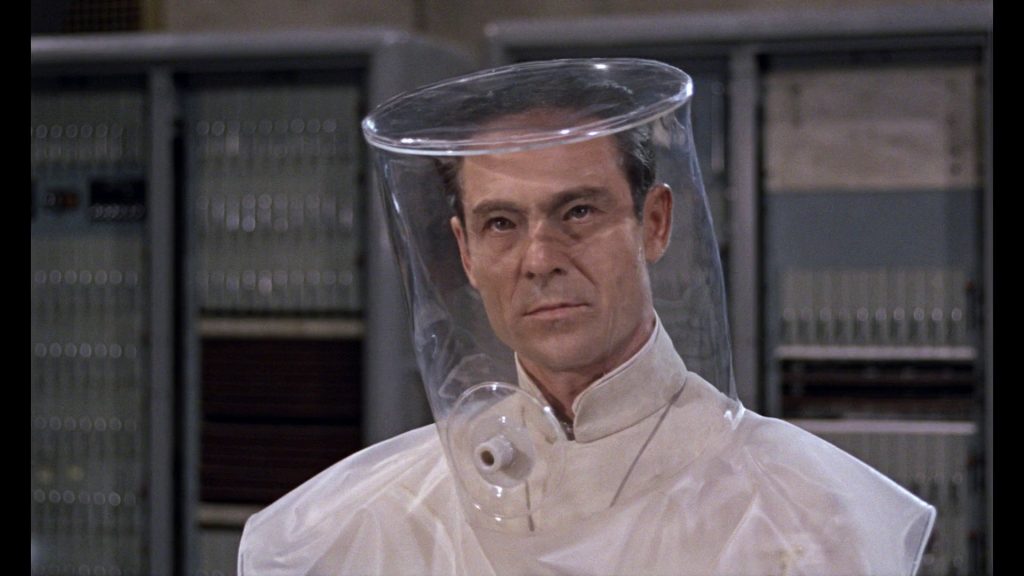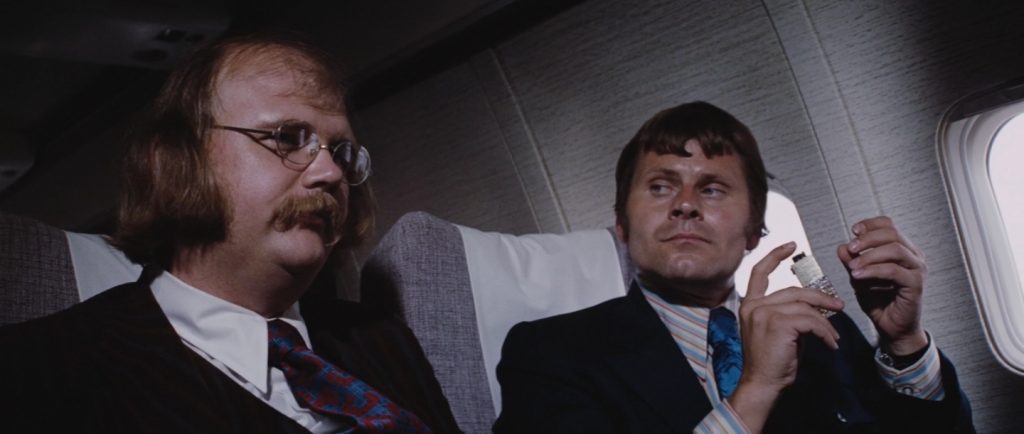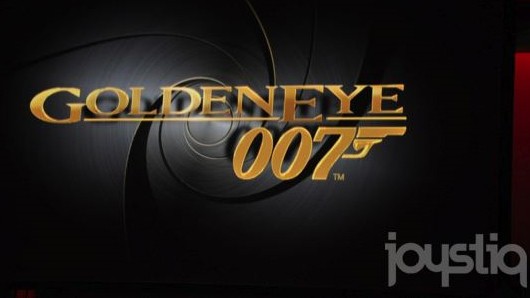 Four years ago the James Bond series roared back to life with the release of GoldenEye. Pierce Brosnan’s debut Bond film smashed box office records around the globe and became the highest grossing 007 film to date. Bond fans were gratified that the series still had appeal in the 1990’s and that the general public agreed.
Four years ago the James Bond series roared back to life with the release of GoldenEye. Pierce Brosnan’s debut Bond film smashed box office records around the globe and became the highest grossing 007 film to date. Bond fans were gratified that the series still had appeal in the 1990’s and that the general public agreed.
As we near the release of the third Pierce Brosnan film, The World Is Not Enough, Universal Exports feels that its time to take a cold-eyed view of GoldenEye and determine whether or not the film deserves the accolades it received at the time. Is GoldenEye classic Bond or were we all swept up in the hype of the moment? Now that the dust has settled, we can objectively look back at GoldenEye and properly place it in the context of the entire James Bond series.
Licence Suspended
When Licence To Kill performed poorly at the box office and Eon sued MGM over Bond related business issues, the film series was put on indefinite hold. At times it looked like there would never be another Bond film made. Action films had changed in the early ’90s and audiences seemed content with the Mel Gibson-Arnold Schwarzenneggar style of action flick; loud and dumb. The general public was not clamoring for a new James Bond film. Nor were they awaiting the return of Timothy Dalton as Bond. Dalton is an excellent actor but not the general public’s idea of what James Bond should be.
Luckily for Bond fans, the perpetually ailing MGM needed to resurrect the Bond films to keep itself alive. In late 1992, the lawsuit between MGM and Eon was settled and work commenced on a script for the first 007 film of the ’90s. Screenwriter Michael France was given the chance to reinvent the Bond series for a new generation.
MGM also had some clear ideas on how to reinvigorate the moribund series. Chief among them was the decision not to re-hire Timothy Dalton for the role of James Bond. Many names were tossed about but the eventual winner was the popular choice; Irish actor Pierce Brosnan.
Another factor in the new film’s development would be the limited involvement from longtime Bond producer Albert Broccoli. Poor health would sideline Broccoli, leaving day to day producing chores to Michael G. Wilson and Barbara Broccoli. Also asserting a stronger hand would be the financiers United Artists in the form of its chairman John Calley and development executive Jeff Kleeman.
The creative team was considerably different from prior 007 films. The stakes were high because it was unknown whether or not the cinema-going public would still accept 007 in the ’90s. The gamble paid off though and GoldenEye was a massive success at the end of 1995. The film’s success proved that James Bond would endure.
The euphoria over the success of GoldenEye swept through the Bond fan world. Whatever faults the film had, they were sidelined to the money train that the new film was on. It was cool again to be a James Bond fan. GoldenEye also brought new fans into the fold and gave the public a different sort of action hero, a return to the elegant gentleman heroes of yesteryear.
When all is said and done though, is GoldenEye a classic James Bond film? Will we go back to it over and over again as we do to Goldfinger, OHMSS or The Spy Who Loved Me? Its still a little early to do the full critical reappraisal but my initial thought is no, GoldenEye will not stand the test of time. A careful examination of its many parts will reveal the root of the problem.
Fool’s Gold?
GoldenEye certainly has all the trappings of the classic Bond films; beautiful women, exotic locations, and an evil villain with a dastardly plot. So why does the film seem torpid in hindsight?
A primary reason for the diminished luster is that the two succeeding Bond films, Tomorrow Never Dies and The World is Not Enough are both better Bond films. Bond connoisseurs were pleased with what they saw in GoldenEye but they were more satisfied with what they saw in Tomorrow Never Dies and The World Is Not Enough. On the whole, the succeeding films had more of the hot-buttons to excite Bond fans than GoldenEye did. GoldenEye got the job done in 1995 but appears lackluster at the millennium; its appeal has been overshadowed by the newer films’ brilliance.
One of GoldenEye’s biggest weaknesses is its lackluster villain Alec Trevelyan. Sean Bean’s performance was fine but the notion of a rogue agent bent on world chaos is not as palpably Bondian as prior villains. For one thing, the Bond villain should always be middle-aged. Yes, the actors who play Bond are middle-aged themselves but the villain should always appear older than 007.
The classic Bond villain should not be a contemporary or reverse image of James Bond. They should be sedentary figures content to carry out their evil schemes from the luxury of their high-tech lairs while strong arm men carry out the physical work. James Bond should be the only man of action in the story; we do not want the villain out in the trenches. When the villain is Bondian in nature himself, it muddles the underlying tension of Bond rebelling against a father-figure. Making the villain a reverse image of Bond did not work in The Man With the Golden Gun and did not work again in GoldenEye.
In an essay on Sean Connery, novelist Michael Crichton called the Bond villains “baroque”, an appellation that captures perfectly the Bond villain’s essence; ornate evil. Villains such as Goldfinger, Stromberg or Drax had this quality. Alec Trevelyan does not. These villains also exude a paternalistic evil. Their deeds reveal a “look son, I’m causing chaos because I know what’s best for the world.”attitude. Trevelyan’s stated goal of avenging the betrayal of his family is not sufficiently baroque enough to excite seasoned Bond fans.
Script Doctor
The weakness of the Trevelyan character is not due to Sean Bean but to the script. The final screenplay by Bruce Feirstein has some major issues that contribute to the diminished reputation of GoldenEye. This is apparent with the revelations contained in Michael France’s first draft of GoldenEye which surfaced on the collector’s market a few years ago.
A perusal of the France script confirms that it would have made one hell of a Bond movie. Being a fan himself, France knew what makes a great Bond film. He crammed his script with characters and situations that were far superior to what the film went with. Just think, the Mission Impossible bullet train climax could have been a Bond sequence as it was in the first draft of GoldenEye.
The basic story of the France script is the same as the film. Alexander Trevelyan plots to wreak havoc with a nuclear pulse satellite. The execution was far more satisfying though. To use one example, the Trevelyan character was an older mentor figure to 007 rather than a colleague. The role was tailored to Anthony Hopkins and therefore closer in conception to the classic ideas of Bond villainy; the cultured, sophisticated megalomaniac rather than a mirror image of Bond himself.
A detailed discussion of the France script is covered in another article in this issue but the problems can also be contrasted with Jeffrey Caine’s second draft. Caine’s version is much closer to the film but yet again, its situations and characterizations are more Bondian than the Feirstein version. This begs the question of whether Feirstein knows what he’s doing. The same scenario occurs with the Feirstein rewrites of Tomorrow Never Dies and The World is Not Enough. But that’s another story altogether.
The France script also put Russia and the Caribbean to better use as locations than the final film did. Classic Bond films are travelogues that take the viewer to places that they have never been before or at least have never seen in that particular fashion.
Certainly Russia and Cuba have not been visited by most people but their presentation in GoldenEye leaves much to be desired. Yes, James Bond does destroy half of St. Petersburg with that tank but did you really get the feeling that Bond was in Russia? Sure it looked dank and run-down but so does a lot of England, where most of the Russia sequence was filmed.
The key travel element missing from GoldenEye was Russia itself. The location was faked very well but that fakeness gave the location a nondescript, vague feeling. The audience does not get the tone of Russia as a country, as they did with Japan in You Only Live Twice or Egypt in The Spy Who Loved Me. Bond also does not have interaction with Russian society. He downs some vodka with Valentin Zukovsky but that is the extent of his experience with the culture. Again, the Michael France script surpasses the film by presenting a more vivid country emerging from the Soviet police state. An excellent sequence of Bond breaking into the former KGB headquarters at the Lubyanka in Moscow was sorely missed in the finished film.
Licence Unearned?
Weak dialogue and even worse one-liners brings us to Pierce Brosnan’s interpretation of James Bond. There is no doubt that Brosnan is right for the role. He has the looks, the grace, the acting ability and the stature to play Bond. Brosnan is universally heralded as “the best Bond since Connery”. If this is the case, then why is he not satisfying for some Bond fans? This is a larger issue, but in the context of GoldenEye, there are some definite hints as to what the problems are.
GoldenEye took great pains to surround Brosnan with Bondian trappings. Bond plays cards in a casino, he wears a fantastic dinner jacket, he drinks vodka martinis and drives an Aston Martin DB5. But do these superficial elements a James Bond make? To some they do but to serious observers, they are window dressing.
The answer then, is that Pierce Brosnan is not fully successful with his interpretation of James Bond. Brosnan is not miscast as Bond, that would be an absurd comment to make. He is misguided though. Brosnan’s glib and sleek performance resembles a fourth generation photocopy, the broad outlines are there, but the original crispness and clarity is blurred. Brosnan looks great in the Brioni suits and can order a mean martini but doubts remain as to whether he truly understands what makes James Bond tick.
Brosnan came to the role claiming that he wanted to peel back the layers of Bond’s psyche to find out what demons haunted the man. Fine, we get a scene with Bond being introspective on a Caribbean beach. This is not a problem. What is a problem is the other 98% of the film where Brosnan’s James Bond does not have the sardonic elan of Sean Connery or the arch wiliness of Roger Moore. Not that you need that to be a great Bond. Timothy Dalton did not emulate his predecessors but remained true to the Fleming character; another element that Brosnan ignores. His Bond is blandness personified. Contemporary interviews with Brosnan in the GoldenEye era reveal a lot of “me, me, me” and very little Fleming. Compare this to Dalton’s interviews in the 1986-87 era.
On a larger note, does Brosnan’s 007-lite reflect a larger issue with GoldenEye? Did the filmmakers and studio think that the public was so deprived of a Bond film that they would take a diluted version over none at all? Was GoldenEye created as a clever way to reposition Bond for the 1990’s and beyond? Or was it a slack, Hollywood approach to making a buck off a product that has considerable consumer awareness? A new and improved James Bond that has been taste tested and repackaged for the nostalgia challenged ’90s? Never mind that the product has lost its original secret ingredients that made us buy it in the first place.
Could this be attributed to the departure of Cubby Brocccoli from the Bond series? A strong argument can be made that the situation became more acute with Tomorrow Never Dies and The World is Not Enough but we are concerned with GoldenEye when Cubby was still alive and had input into the film.
There is evidence that MGM played a stronger creative role with GoldenEye than it did with previous Bond films. The most obvious fact is the studio brokered tie-in with BMW. This product placement is totally wrong for James Bond. Bond always drove a fantasy car that was out of reach for most people. With GoldenEye, Bond becomes a salesman for the launch of a solidly yuppie/mid-life crisis car in the form of the BMW Z3. Would Ian Fleming approve? I think not. Fleming did not shy away from name brand dropping in the novels but he would never have sanctioned Bond driving a car like the Z3.
The Bond Parabola
There is another factor working against GoldenEye which affects all new Bond films; a slow reappraisal after the film has been viewed many times and begins to sink in. There is an arc that all Bond films travel; euphoria at the thrill of seeing a new Bond film; acceptance of what it contains and then a slow downward slope when the serious observer mulls over what he has seen. The inevitable comparisons to the previous entries starts to kick in when the front-loaded hype of the new film starts to abate.
This scenario happened with Licence To Kill and Tomorrow Never Dies. This will also happen with The World is Not Enough. The arc was distorted with GoldenEye though. The six-year gap between films created a pent-up demand for hardcore fans which caused them to overlook many of the film’s flaws at the time. Only later did people start to seriously contemplate the film’s weaknesses. Once the superb Tomorrow Never Dies was made and fully digested, did people notice how slack GoldenEye really was.
GoldenEye’s stature has dropped to the point that I feel that the film is third tier Bond material. GoldenEye cannot hold a candle to Goldfinger or The Spy Who Loved Me. Nor is the film as good as You Only Live Twice, Octopussy or The Living Daylights. In fact, I rank GoldenEye somewhere near the Thunderball, Live and Let Die range which is not that far removed from A View To A Kill and The Man With the Golden Gun. I make no secret that I much prefer Tomorrow Never Dies to GoldenEye and I also feel that The World is Not Enough has more potential than GoldenEye did. Its not that I dislike GoldenEye, its just that if I had to sit down and watch a Bond movie to cure a Bond craving, I’d much rather choose many other Bond films before I chose GoldenEye.
In the end, GoldenEye was a great reintroduction to James Bond for the general cinema-goer. The film was slick and entertaining and touched on many of the old Bond film familiars. The marketing campaign was superb and audiences flocked to the film. GoldenEye provided a good foundation for the continued Bond series to build on. The numerous drawbacks have taken their toll though. Some we have touched on, others such as the jarring score and the weak songs contribute to the film’s decline vis a vis successive Bond films.
I certainly appreciate GoldenEye and get a rush out of many of its elements. The film is beautifully photographed and directed with crisp efficiency. But I knew from the very first viewing that there was something alien to me with this film. I have waxed and waned on the subject, but in the end, GoldenEye has slid to the lower rungs of my Bond film preferences. I am not sour on Bond, not a bit. I knew from the first viewing of Tomorrow Never Dies that that was a Bond film for the ages which stylistically had more in common with its predecessors than GoldenEye did. I am an optimist and feel that the Bond films will endure.
The pervading sense of ambivalence which surrounds GoldenEye is troubling for many Bond fans. The film’s massive success indicates that many people thought the film good enough to swell the coffers. That is what counts in the end. With that in mind, I respect GoldenEye for the financial success that it represents. Critically, I must dissent and say that the film does not work on many levels and will never be considered a Bond classic in my book.
—Greg Bechtloff is the American representative for The International James Bond Fan Club.

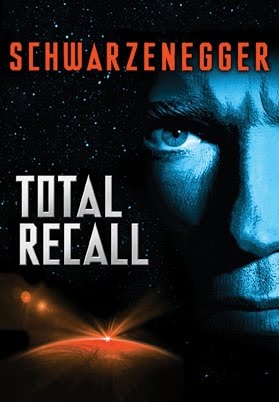
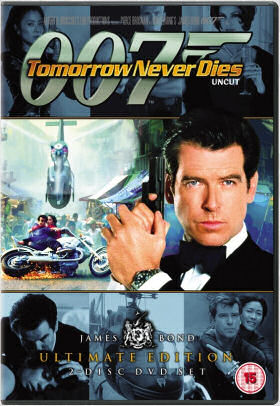
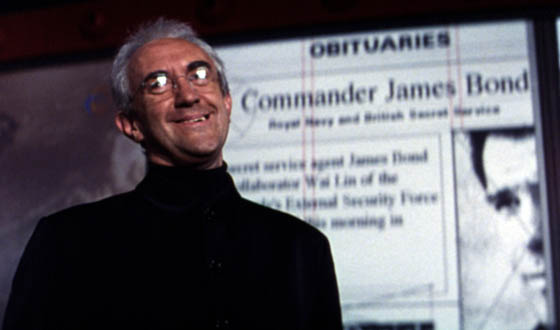

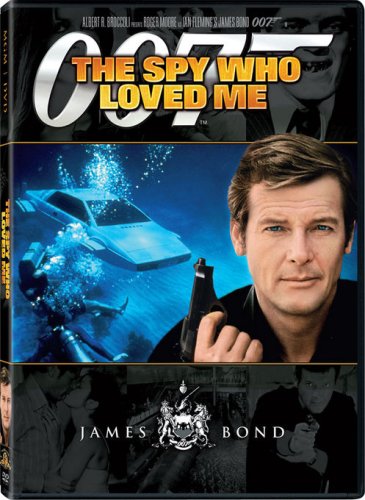
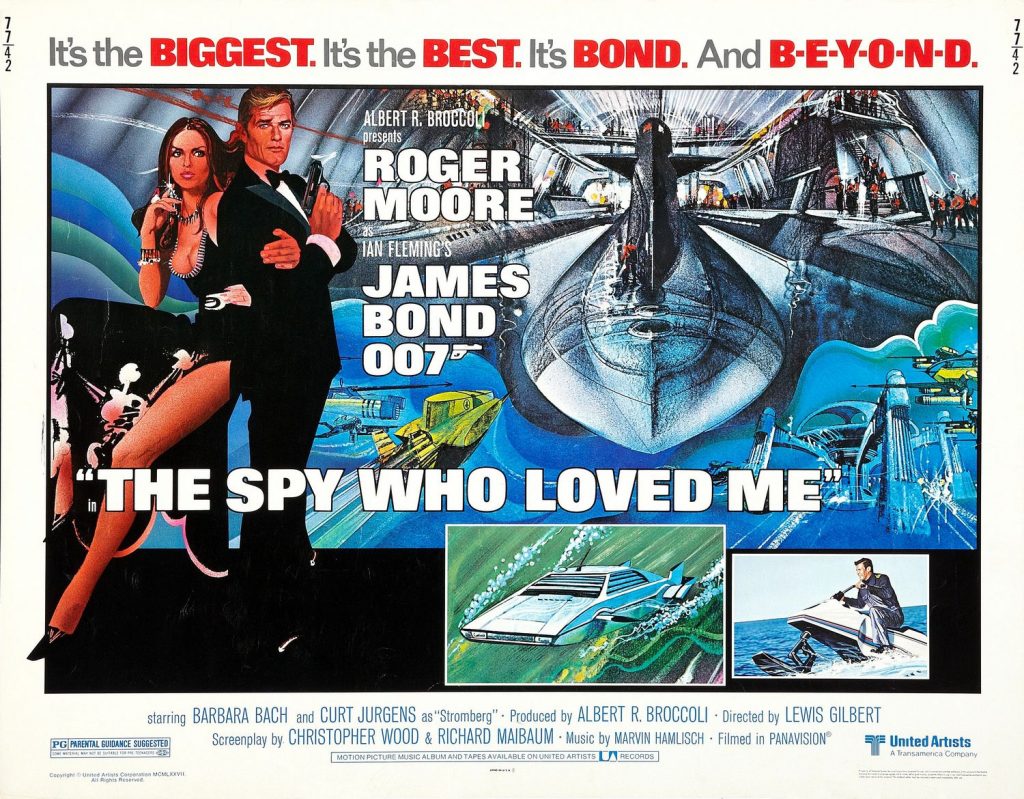
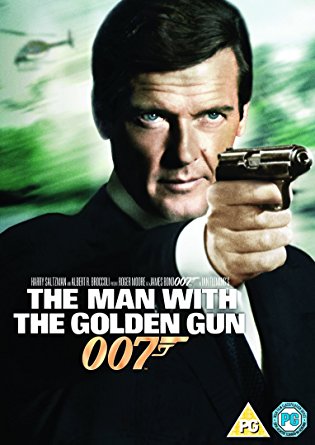
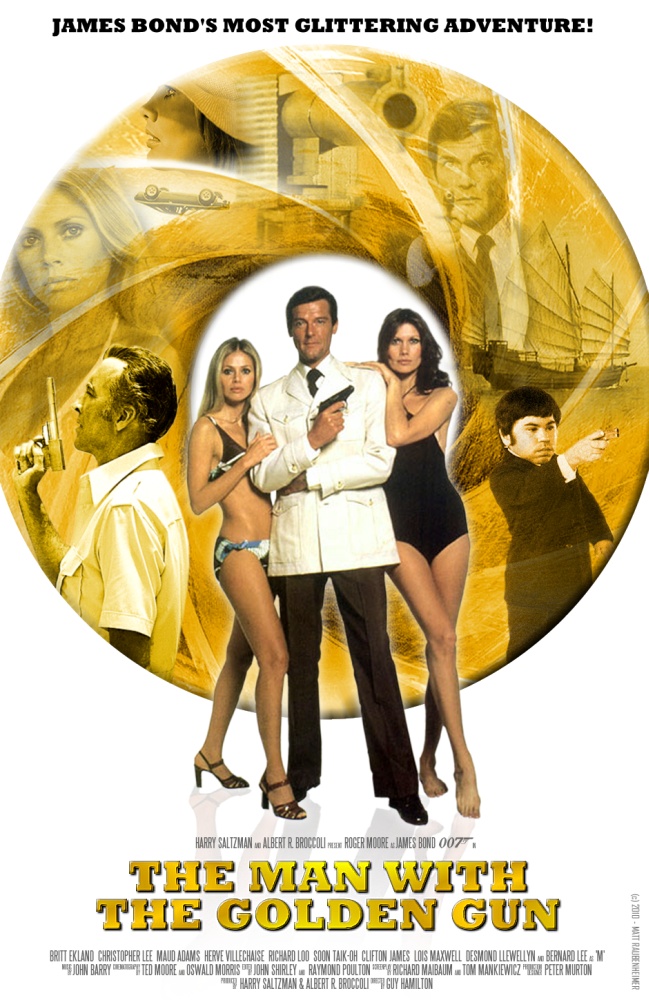
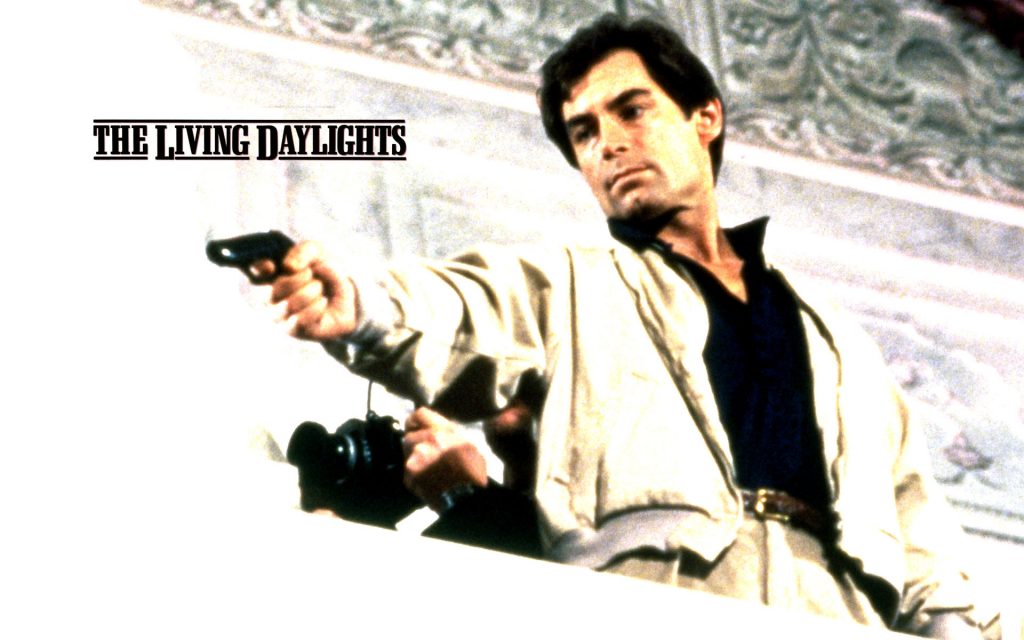 \
\